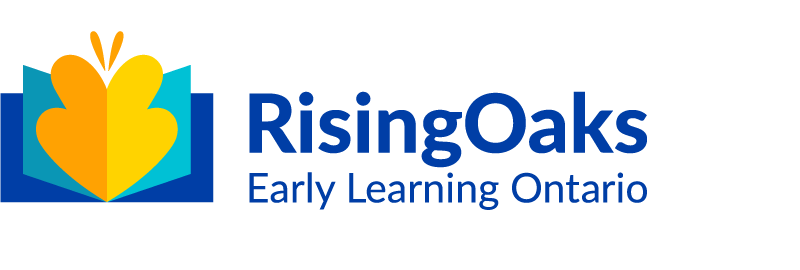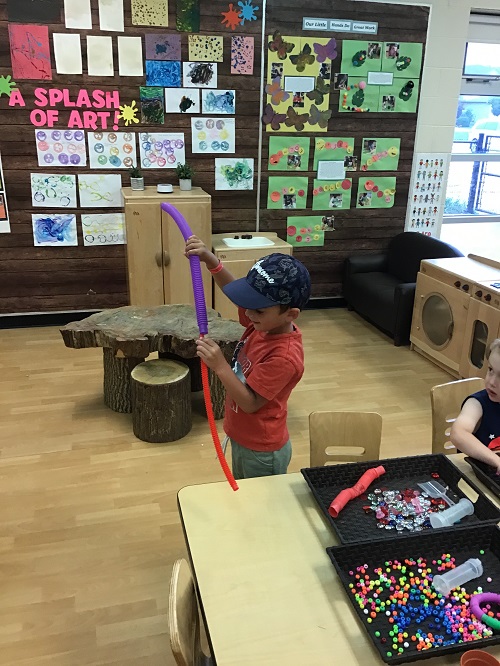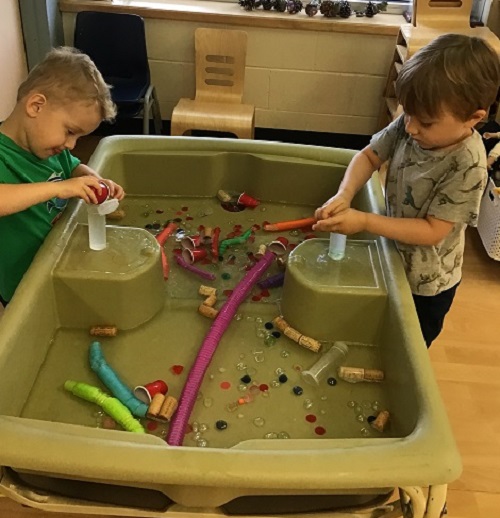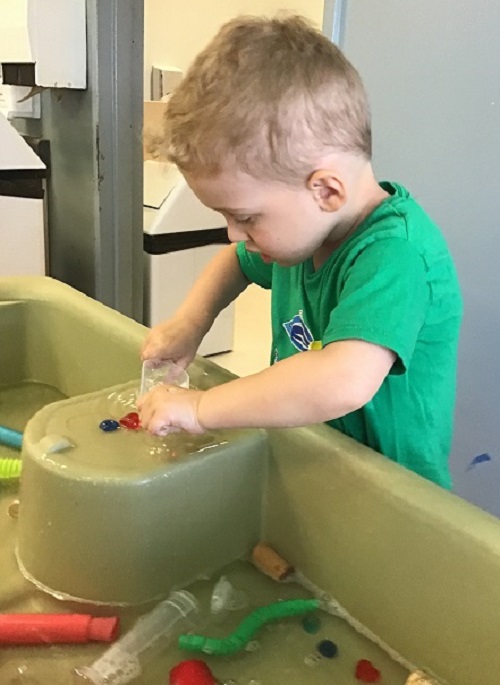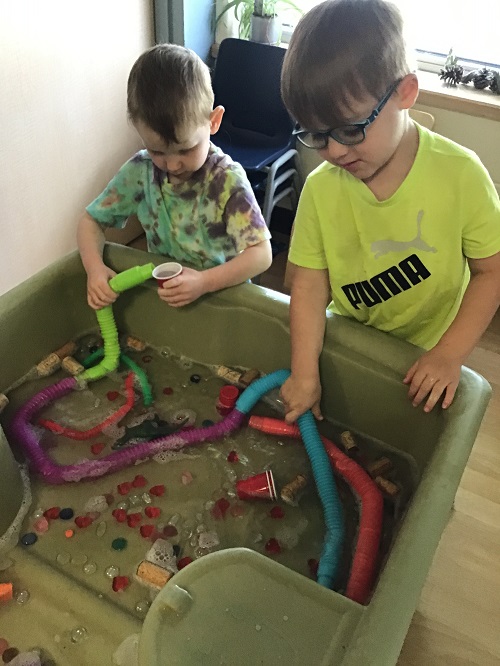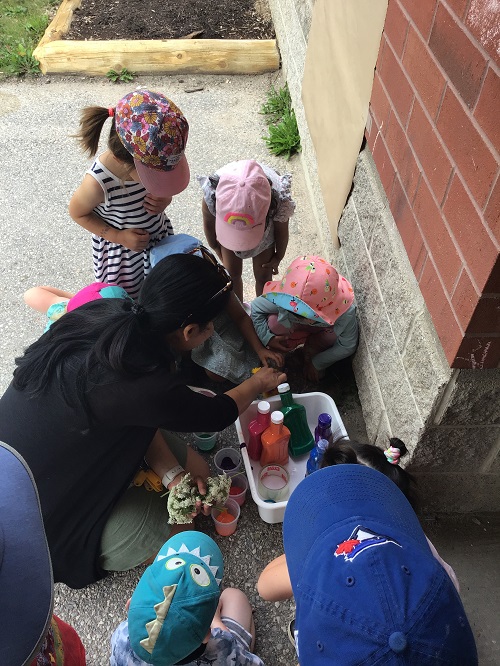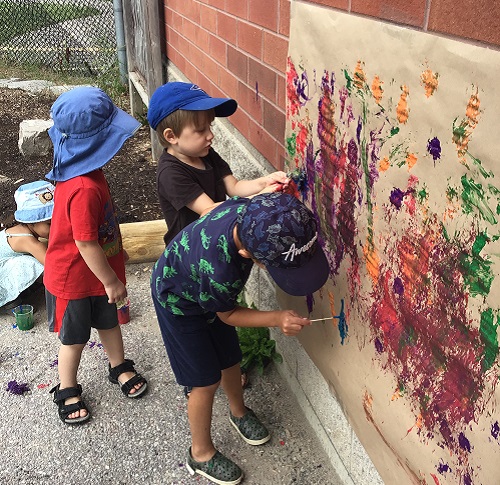This month in the preschool room the children enjoyed playing with loose parts such as colourful tubes, beads, gems, and scoops. During their play the children appeared to explore the differences in the materials they used. Comparing the tubes Leo said, “This one is bigger, so the little one goes inside it.” These play materials support the use of fine motor skills and visual discrimination when the children sorted the beads and gems, and passed them through the tubes repeatedly. The process further supported cognitive skills such as observing cause and effect and communicating the findings.
We then extended this activity by placing these materials in the water table. We added other loose part including corks and cups to further enhance the activity. The provocation soon turned into a STEM activity as the children noticed some items floated around while others sank to the bottom. When Merline asked some open-ended questions regarding their observations, Hudson said, “The cork has air in it so it doesn’t sink, I asked and pebbles don’t have air in them.” Merline replied, “Yes, air makes the cork lighter than the gems and so they float.” Wesley then tried tested this by putting the corks in a container and added water, the corks popped out. He tried to push them down to the bottom and explained his observation saying, “Yes, they have air in them, so they come up.” The children enjoyed the sensory experience of pouring, filling, scooping and dumping. Luke and Grayson connected the tubes and pretend that the water table was a tank.
During our outdoor play the preschool children had fun painting with flowers. It seemed to be a great way to engage in process art with natural loose parts. Even though many children wanted to have their turn immediately, they displayed their social skills of waiting and turn taking as Merline chose small groups. They also shared ideas and worked together as Leo told Oliver, “Let’s make fire works!” Some children stamped, some used the flowers as a traditional brush, and others explored both techniques. “I am drawing a muddy puddle,” explained Bela. “I am printing with the flower,” said Sofia. The activity allowed them to freely make choices of colours, patterns and helped them express their thoughts. As Rumi painted, she said, “This is a water slide.” Marcelo communicated his thoughts saying, “I make a birdie.” Children making their own decisions and creating during this open-ended process can improve self-regulation skills, planning, problem solving, and build self-esteem from taking pride in doing it all by themselves.
